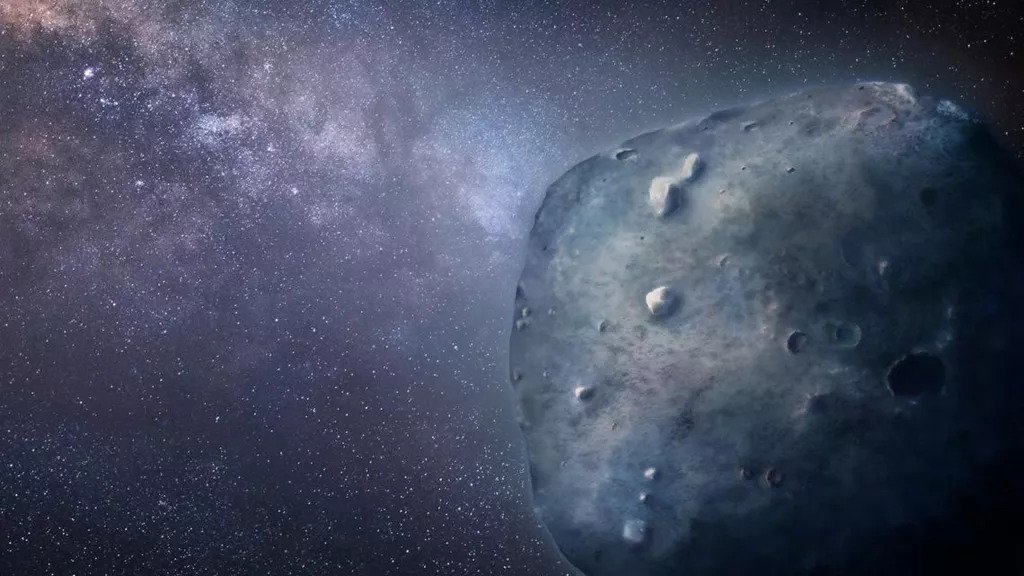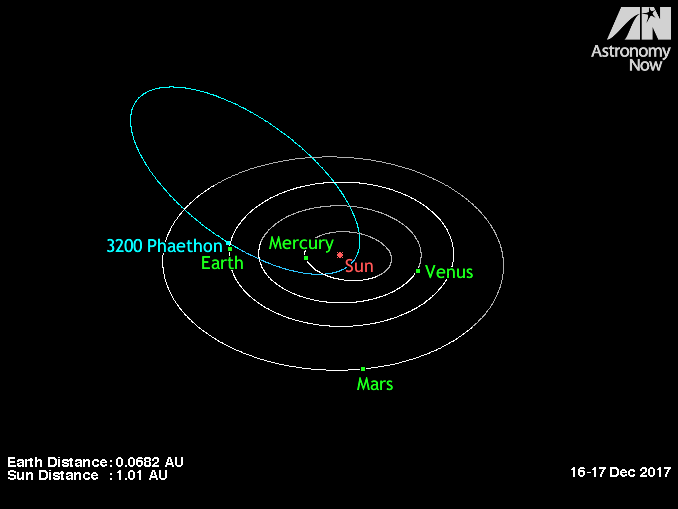The asteroid Phaethon has a rich blue color. Astronomers have come to the conclusion that it is the result of its regular approaches to the Sun. As a result of heating, red iron bark takes off from it, and carbon is sintered into soot.

The bluest asteroid in the Solar System
Scientists have solved the riddle of the color of the asteroid Phaeton. When it was discovered in the early 1980s, it turned out that it has the deepest blue color of all known small bodies of the Solar System. It also has a tail.
The reason for this, as noted in an article in the journal Icarus, is the orbit of an asteroid. At aphelion, the most distant point of its orbit, it moves beyond the orbit of Mars. But at perihelion, Phaethon comes closer to the Sun than any other body, at a distance of only 13 million kilometers.
This is about three times closer to the Sun than the orbit of Mercury. It is not surprising that at the same time the Phaethon heats up a lot. According to scientists, its temperature at this moment exceeds 800 degrees Celsius.
Processes on the surface of the Phaethon
Most asteroids have a dirty red color. Organic substances and iron-containing compounds covering their surface are responsible for this. But with this heating, which the Phaethon experiences, these substances begin to evaporate. In this case, part of the carbon is sintered to the state of soot. The bluest asteroid is slightly updated after each such approach.

Of course, the Phaethon spends a small part of its turn at the Sun. The eccentric orbit provides for a maximum speed at perihelion and a minimum speed at aphelion. And during this time, the red metal plug on the surface of the asteroid is partially restored. The DESTINY+ mission will be able to study this process in detail.
But Phaethon has been turning around this way for more than one million years. Therefore, numerous perihelion passages cleaned its surface and gave it a blue color. The same is observed for other asteroids. However, they do not come so close to the Sun, so their color is not so saturated.
According to www.space.com
Follow us on Twitter to get the most interesting space news in time
https://twitter.com/ust_magazine

